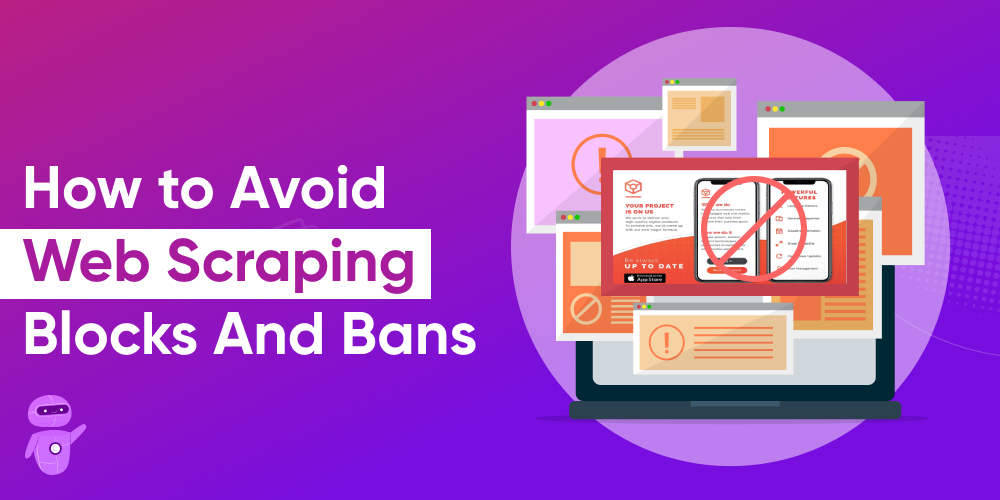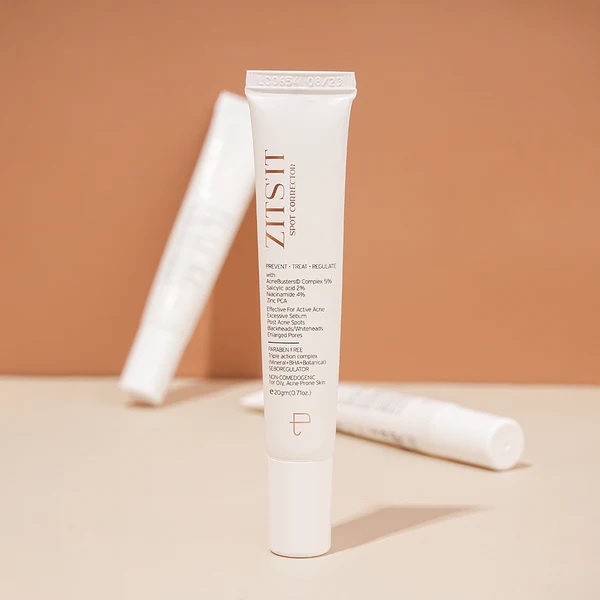Web scraping is a task that must be carried out responsibly so that it does not harm the sites being scraped. Web crawlers can retrieve data considerably faster and in greater depth than people, so inappropriate scraping methods can affect site speed. While most websites do not have anti-scraping techniques in place, certain sites deploy procedures that can result in web scraping being restricted because they do not believe in free data access.
If a crawler makes many requests per second and downloads large files, a slow server will struggle to keep up with requests from multiple crawlers. Because web crawlers, scrapers, or spiders (all terms used interchangeably) do not drive human website visitors and appear to impair site performance, some site managers dislike spiders and attempt to limit their access.
In this post, we will discuss the best web scraping strategies to employ to scrape web pages without being detected by anti-scraping or bot detection technologies.
1) Use a proxy server
Your computer has a unique Internet Protocol (IP) address, which you might think of as its street address. Every time you explore the internet, this IP address is used to send the relevant data to your computer.
A proxy server is an internet-connected machine with its own IP address. When you send a web request, it first goes to the proxy server, which then requests on your behalf, receives the response, and redirects you to the web page so you can interact with it.
If you scrape with the same IP address repeatedly, anti-scraping software will readily detect your machine's IP address. As a result, you should rotate your IP address with proxy servers so that the website believes requests are coming from different locations. Many organizations use proxy services to hide IP addresses when scraping websites like LinkedIn to dodge IP bans.
Although there are many free proxies accessible, they have certain drawbacks such as data collecting and poor performance. Furthermore, because so many individuals utilize these free proxies, the proxies have already been identified or blacklisted. Instead, consider paying a proxy provider who can ensure your privacy, security, and high performance. And if you don't want to pay a proxy provider, then just pay the web scraping services provider and they will do it for you.
2) Rotate user agents
A user agent assists in determining which browser, version, and operating system are being used. Simply search Google for 'what is my user agent?' to find out.
Browsers, in addition to the user agent, send other headers. Accept, accept-encoding, accept-language, dnt, host, referrer, and upgrade-insecure-requests are some headers. ???????
Keep in mind that if you only change the user agent but leave the other headers alone, the scraper may still be detected.
1) To rotate all headers associated with each user agent, perform the following:
- Open an incognito window,
- Navigate to the website to be scraped, and then
- Open the network tab in developer tools.
2) Select Copy as cURL from the context menu when you right-click a request.
3) Author's image To convert the cURL syntax to your preferred programming language, paste it into the curl command box.
4) Look for variable headers after the cURL has been converted. Copy the elements in the dictionary once you've found them, except for the headers that begin with X-.
That's all! You now have the correct user agent headers for a specific website. Repeat the previous steps to collect headers for the user-agent strings you obtained. And you know part of it is you can hire a data scraping services provider, and get the accurate data in a readable format.
3) Follow the best practices
Bad scraping practices can have an impact on site performance, which is why websites block your scraper. Scraping responsibly, on the other hand, does not harm the web, so you can continue scraping without being blocked.
The best web scraping practices to follow are as follows:
- Read the robot.txt file: To determine how the site should be crawled, always consult the 'robots.txt' file. To access the file, simply add the words 'robots.txt' to the site's root, as in 'http://example.com/robots.txt'. The file contains rules such as how frequently you can scrape and which pages you can scrape. If you find User-agent: * Disallow: it means that the website does not want to be scraped, whereas User-agent: * Allow: allows scraping.
- Imitate human behavior: If you want to increase the chances of your scraper going unnoticed, write code that mimics human internet surfing behavior. You can add a random delay between requests to ensure that they go unnoticed. Follow different crawling patterns by including random page clicks and mouse movements.
- Avoid scraping data that requires a login: If you need to log in to a website, the scraper must send information or cookies with every request to view the page. As a result, they will easily detect that you are using a scraper and will block your account.
- Consider the security system: Investigate the most recent approaches and tools used by websites to detect scrapers. If you know what companies use to protect their websites, you can figure out how to get around them.
Wrapping up
You now have three options for avoiding being blocked while scraping websites. Rotation of proxies and headers makes it difficult for anti-scraping systems to detect your scraper, whereas best practices reduce your chances of being blocked. Visit SmartScrapers for any data scraping needs.





